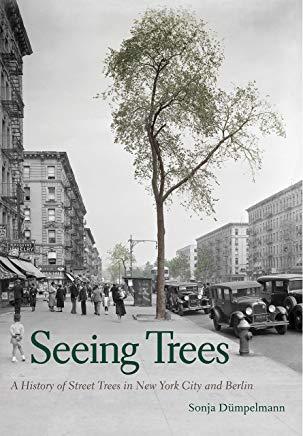
Dumpelmann, Sonja
product information
description
0A fascinating and beautifully illustrated volume that explains what street trees tell us about humanity's changing relationship with nature and the city
Today, cities around the globe are planting street trees to mitigate the effects of climate change. However, as landscape historian Sonja D mpelmann explains, the planting of street trees in cities to serve specific functions is not a new phenomenon. In her eye-opening work, D mpelmann shows how New York City and Berlin began systematically planting trees to improve the urban climate during the nineteenth century, presenting the history of the practice within its larger social, cultural, and political contexts.
A unique integration of empirical research and theory, D mpelmann's richly illustrated work uncovers this important untold story. Street trees--variously regarded as sanitizers, nuisances, upholders of virtue, economic engines, and more--reflect the changing relationship between humans and nonhuman nature in urban environments. Offering valuable insights and frameworks, this authoritative volume will be an important resource for years to come.
Today, cities around the globe are planting street trees to mitigate the effects of climate change. However, as landscape historian Sonja D mpelmann explains, the planting of street trees in cities to serve specific functions is not a new phenomenon. In her eye-opening work, D mpelmann shows how New York City and Berlin began systematically planting trees to improve the urban climate during the nineteenth century, presenting the history of the practice within its larger social, cultural, and political contexts.
A unique integration of empirical research and theory, D mpelmann's richly illustrated work uncovers this important untold story. Street trees--variously regarded as sanitizers, nuisances, upholders of virtue, economic engines, and more--reflect the changing relationship between humans and nonhuman nature in urban environments. Offering valuable insights and frameworks, this authoritative volume will be an important resource for years to come.
member goods
No member items were found under this heading.
listens & views

16 GREAT SONGS OF THE ...
by 16 GREAT SONGS OF THE RESURRECTION 2 / VARIOUS
COMPACT DISCout of stock
$6.99
Return Policy
All sales are final
Shipping
No special shipping considerations available.
Shipping fees determined at checkout.






